This week’s comic delves a bit more into the moral/legal framework of the Zombie Ranch world, which I must admit is one of the main reasons I was excited with developing the concept in the first place. Let’s face it, there’s plenty of zombie fiction out there dealing with the apocalypse as it happens, or the months/years immediately after… but not so much that thinks about what life might be like a few decades down the road. If history (and even pre-history) has shown us one thing, it’s that humanity are a bunch of real persistent buggers, even (or perhaps especially) in the worst of circumstances. Ice Age? Keep going. Collapse of Rome? Keep going. Black Death? Keep going. Even on a smaller scale, you have numerous examples of civilians in war zones somehow adjusting to being bombed and raped and murdered on an unconscionably regular basis, and carrying on. What’s unconscionable, even insane under our circumstances became routine under theirs, sometimes in only a matter of months.
The point is that for better or worse, people adjust. Ask them how they can possibly live like they do, and they will shrug. It’s enough that they live. Morals, law, and philosophy can wait, although if it goes on long enough, new codes of conduct can and will emerge. Eventually, you may get an entire generation who have trouble imagining there was ever any other way. Exploring this phenomenon is, I think, at the heart of a lot of themes of apocalyptic fiction, and I see no reason why a zombie apocalypse should be any different–which is probably one of the main reasons I was underwhelmed when I watched
The Quick and the Undead several months ago: a movie purportedly set 82 years after the dead started walking should not really have any angsty scenes involving strangers reluctant to kill other strangers who have been bitten, presuming being bitten = inevitable zombification (and it did).
You can certainly make the argument that The Quick and the Undead was one of those films where you really shouldn’t bother trying to make sense out of what’s happening, but when an outright spoof like Shaun of the Dead makes more logical and emotional sense than a purportedly “serious” piece, well, there’s the heart of the matter. Hell, Shaun of the Dead even gave glimpses into how zombies might be incorporated into daily life once the immediate crisis was dealt with, and while they were meant for humorous effect, on another level they were funny because “Yeah… why *wouldn’t* there be zombie game shows?”
Now is Zombie Ranch meant as some hardcore, painstakingly researched take on how the world really might be once it adjusted to zombies in its midst? Heck no, but on the other hand the surviving folks of the Wild Zones have had a long time to adjust to their situation, and the laws of the new frontier, when they’re enforced at all, grew out of making official what people were already doing from a practical survival standpoint. You have to figure that after the first few years of denial and tears, it got to the point most sane and reasonable folk finally agreed that not killing grandma when she got bitten just put everybody at risk for no good reason.
Sane and reasonable, of course, in the context of this Weird New West. But when everything’s gone off kilter, after awhile it’s only the people on the outside who are going to notice that the angle’s weird.
And then again, maybe they’re the straight and level ones, and you’re the one who ended up with the skewed perspective?
I’ll just meditate on my novelty nudie pen awhiles while y’all contemplate that.
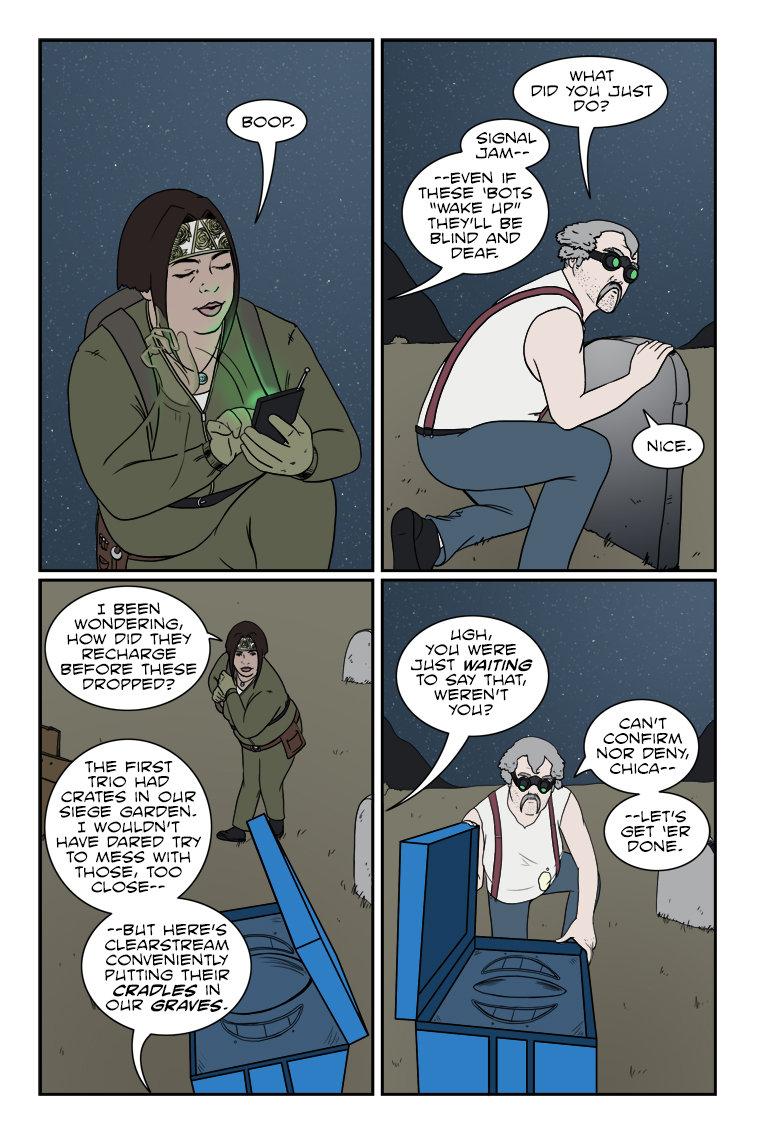
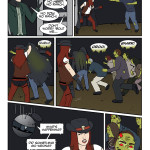
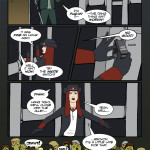
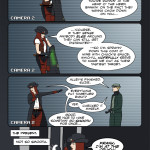
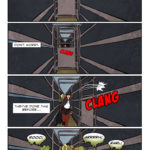
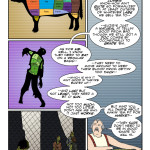
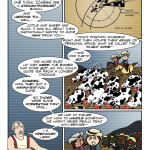
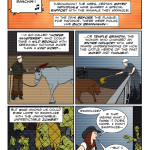
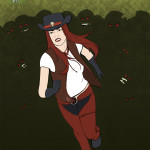
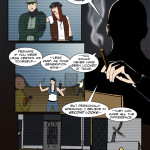
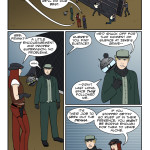
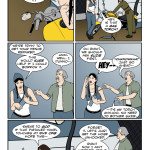
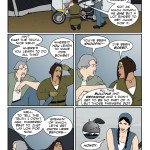
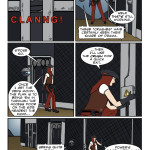
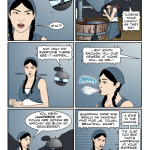
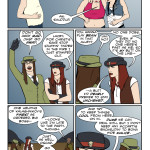
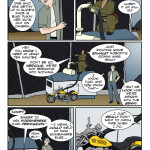
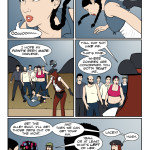
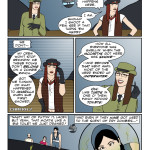

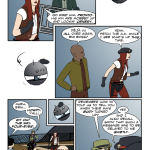








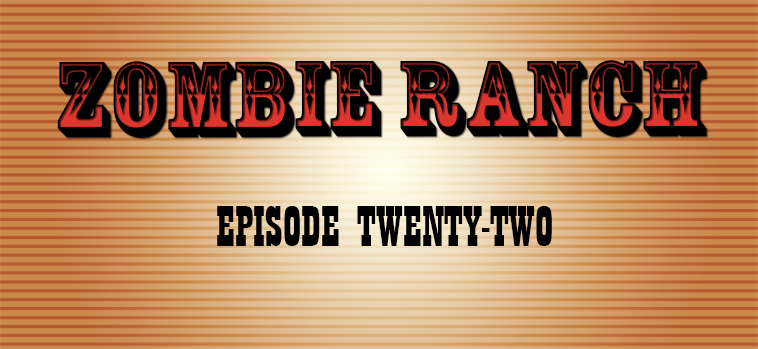
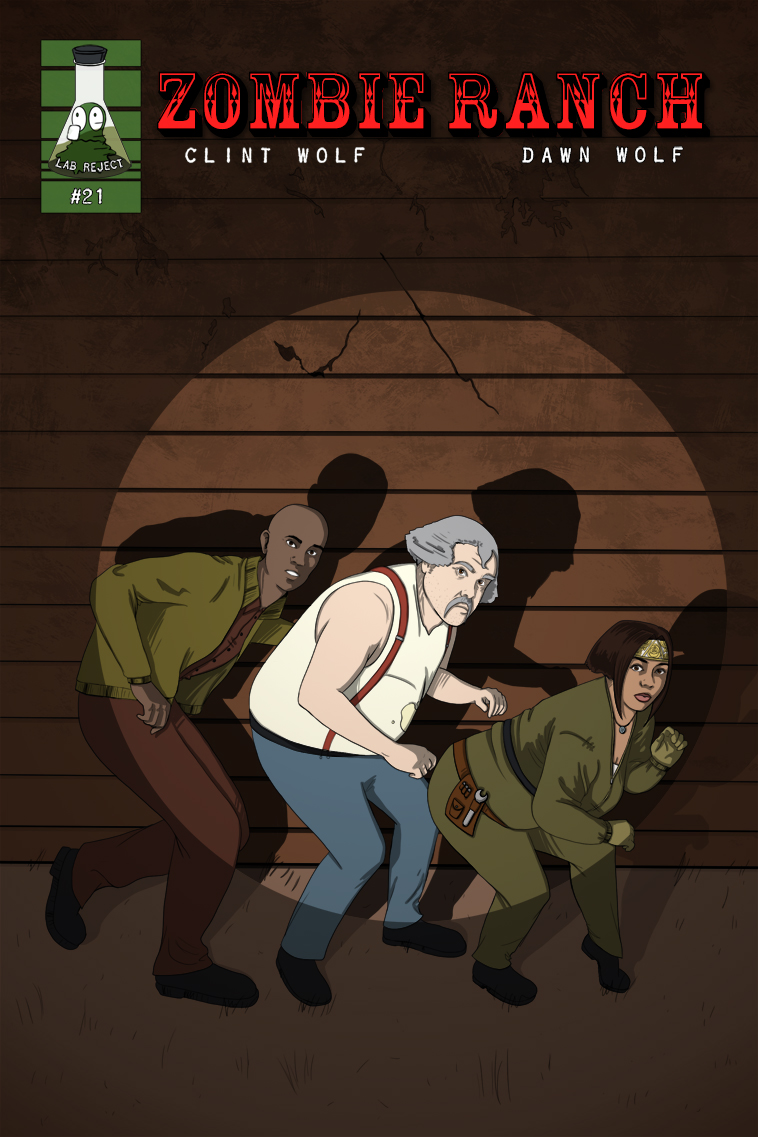
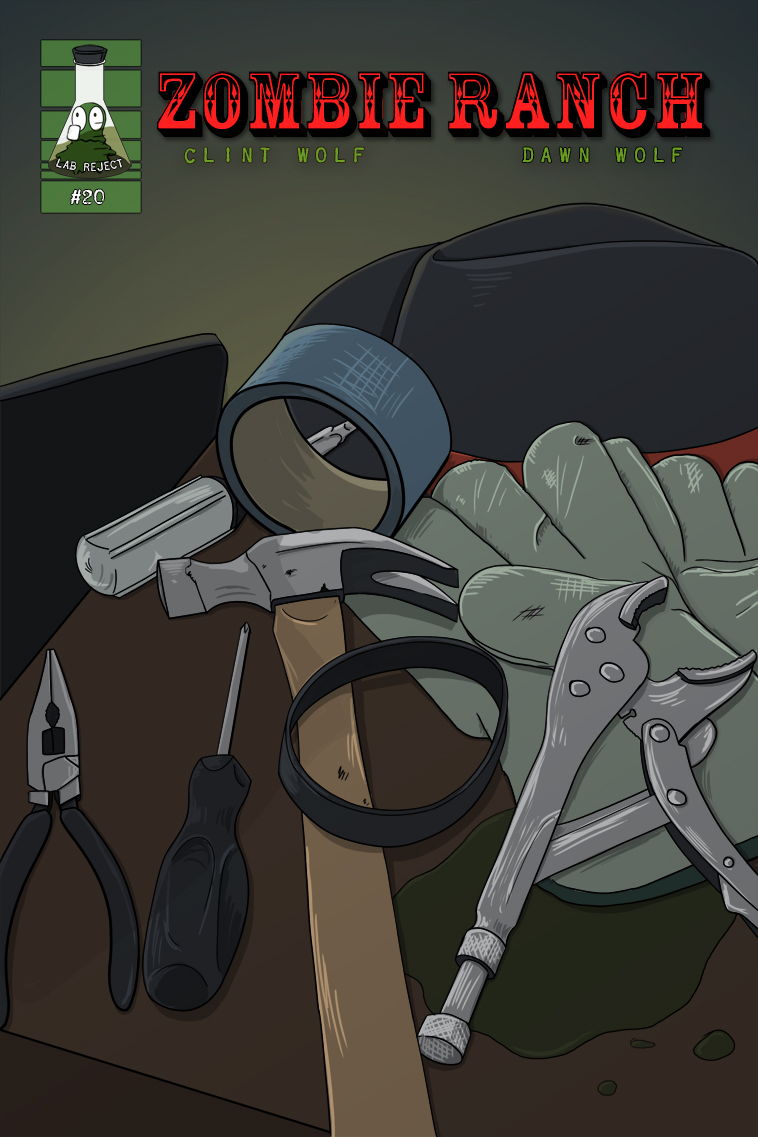
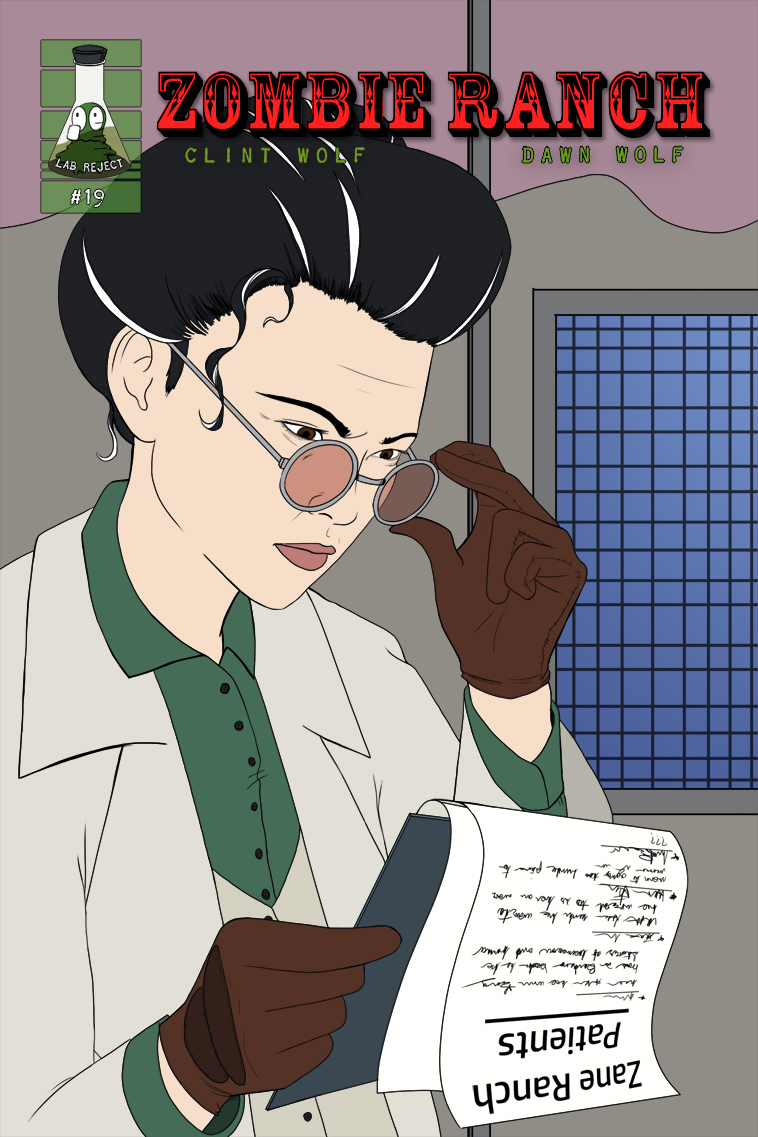
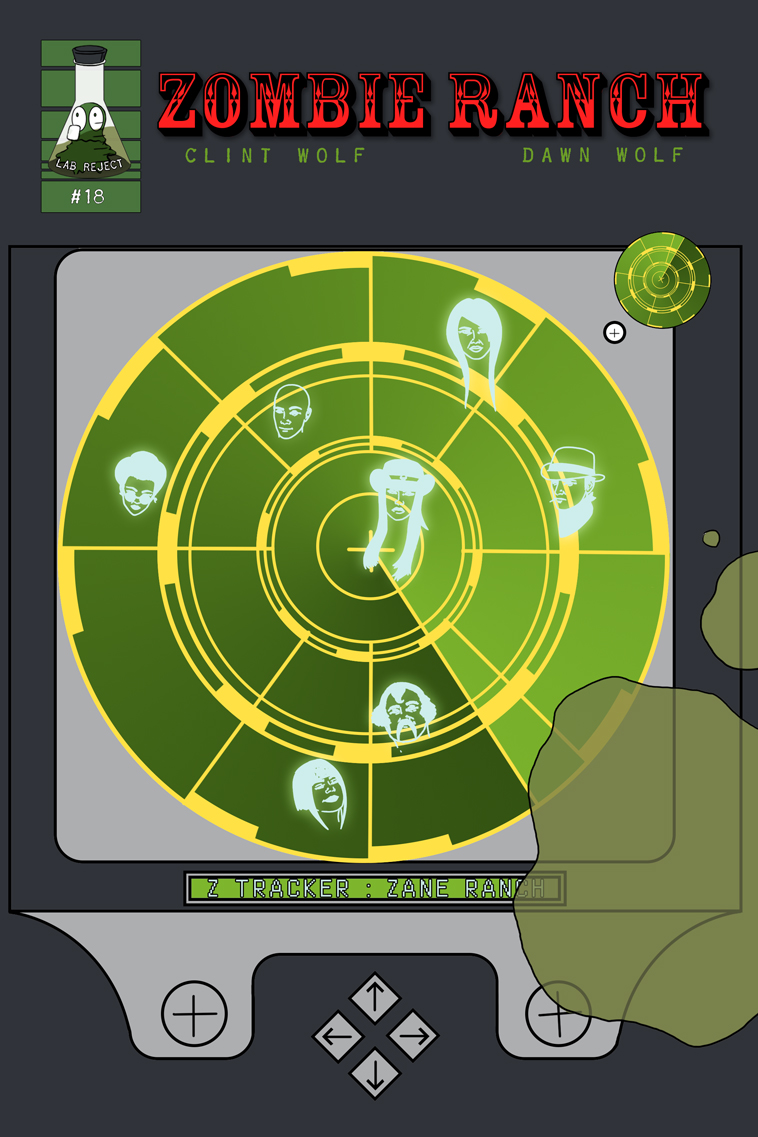
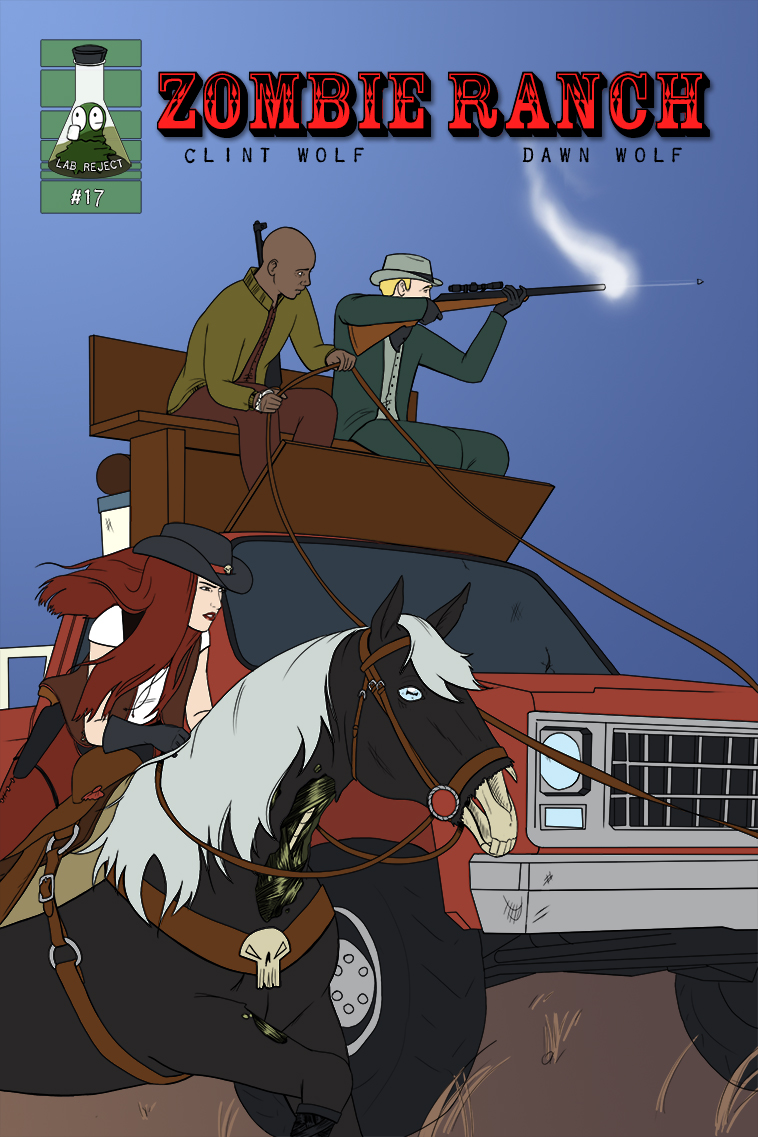
2 thoughts on “543 – Cradles And Graves”
Keith
Oh lordy, they really are a great couple…though, I suggest adopting.
Anonymous
Consequences be damned, because doing nothing might be worse.